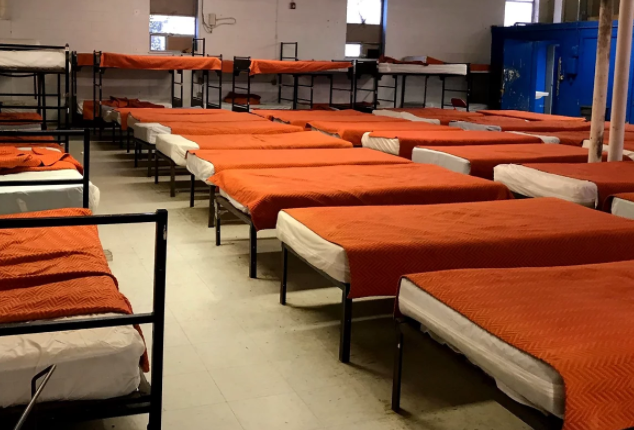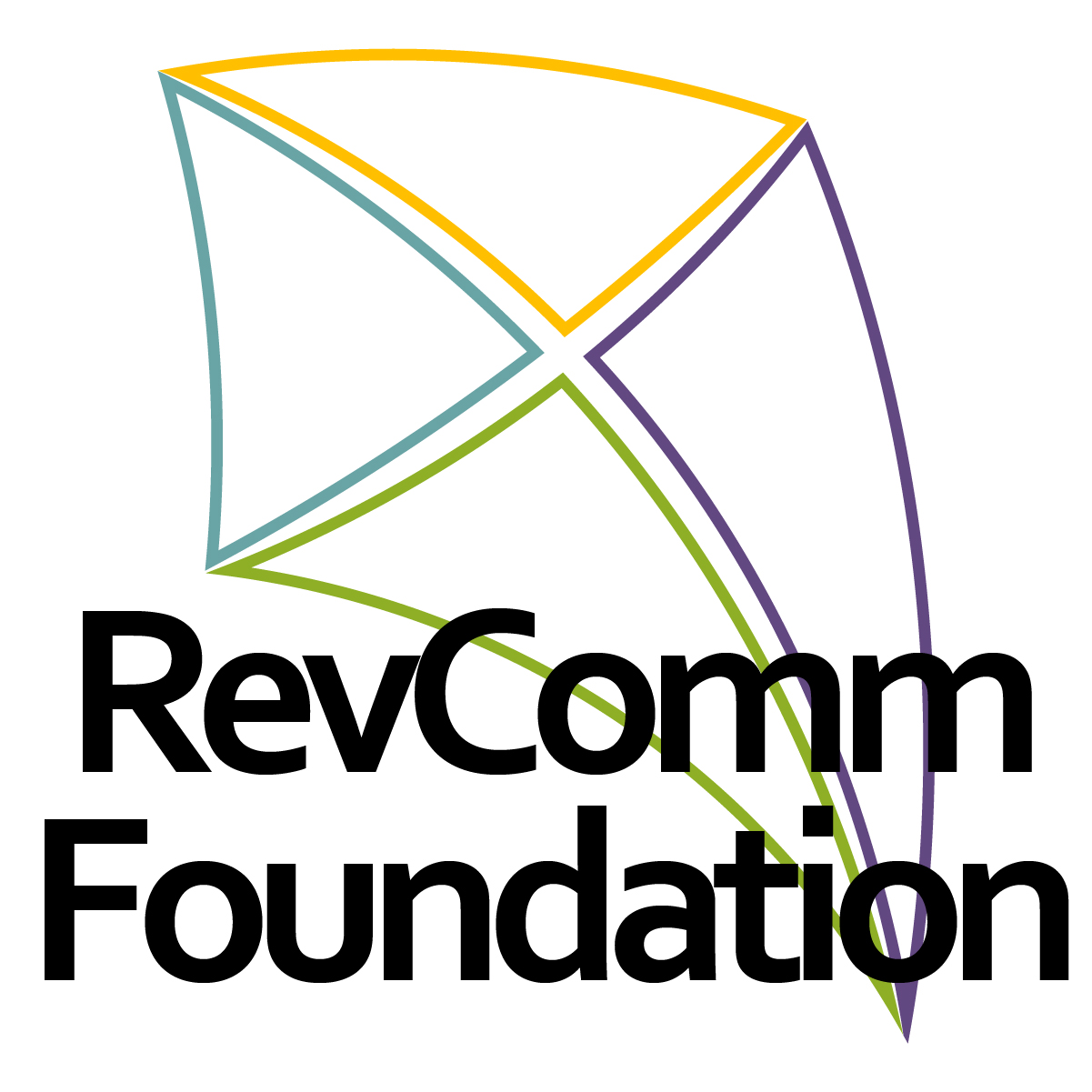If you’re involved in community work, you’ve probably heard the term NIMBY a time or two. For those unfamiliar, NIMBY is short for “Not In My Backyard”, an acronym given to individuals who say their community needs change or something to be done surrounding a specific topic, but if the solution is too close to their backyard they don’t want it. With housing insecurity at an all-time high and housing solutions remaining bleak, NIMBYism is alive and well. A shelter? Affordable housing units? A group home for foster youth? Well, not in my backyard!
The most common opposition to affordable housing solutions is assumed characteristics surrounding the individuals occupying said spaces. Neighboring residents will often raise concerns surrounding a potential increase in crime leading to a reduction in home values – all assumed and downright discriminatory. Often times, NIMBY’s make the argument that they have children and don’t feel safe having individuals utilizing such services so close to their home or their child’s school, but they will additionally take the time and effort to complain about unhoused individuals with nowhere to go. It baffles me that the same individuals complaining about the unhoused population or any other community need are also the ones shooting down any attempt at a solution.
 Here in my community of Riverside County, I have seen NIMBYism win time and time again. For that reason (in a sea of other issues), this community lacks supportive services for the unhoused and in general. Survivors of domestic violence have TWO shelters to choose from. ONE organization with services county-wide offers emergency shelter options for men, women, and families. ONE organization provides an emergency shelter for at-risk, unhoused, and runaway youth. A few other programs refer to themselves as “emergency shelters”, but are really longer-term transitional housing solutions. For a County of over 2 million residences, there are less than 1,000 beds (and that’s a generous number) that provide night-by-night emergency shelter services.
Here in my community of Riverside County, I have seen NIMBYism win time and time again. For that reason (in a sea of other issues), this community lacks supportive services for the unhoused and in general. Survivors of domestic violence have TWO shelters to choose from. ONE organization with services county-wide offers emergency shelter options for men, women, and families. ONE organization provides an emergency shelter for at-risk, unhoused, and runaway youth. A few other programs refer to themselves as “emergency shelters”, but are really longer-term transitional housing solutions. For a County of over 2 million residences, there are less than 1,000 beds (and that’s a generous number) that provide night-by-night emergency shelter services.
So, what’s the solution? I’m not sure. In a time where opinions seem to carry more weight than facts, it’s hard to say what will help shift the NIMBY-mindset. But, I do know where we can start – education, awareness, and conversation. My hope for 2022 is that RevComm Foundation can play a role in promoting more conversations between community-based organizations and community members.
Here’s to hoping a NIMBY might somehow land on this blog post, take a second to read, and spend a lifetime reconsidering how they respond to proposed solutions for critical community needs.


